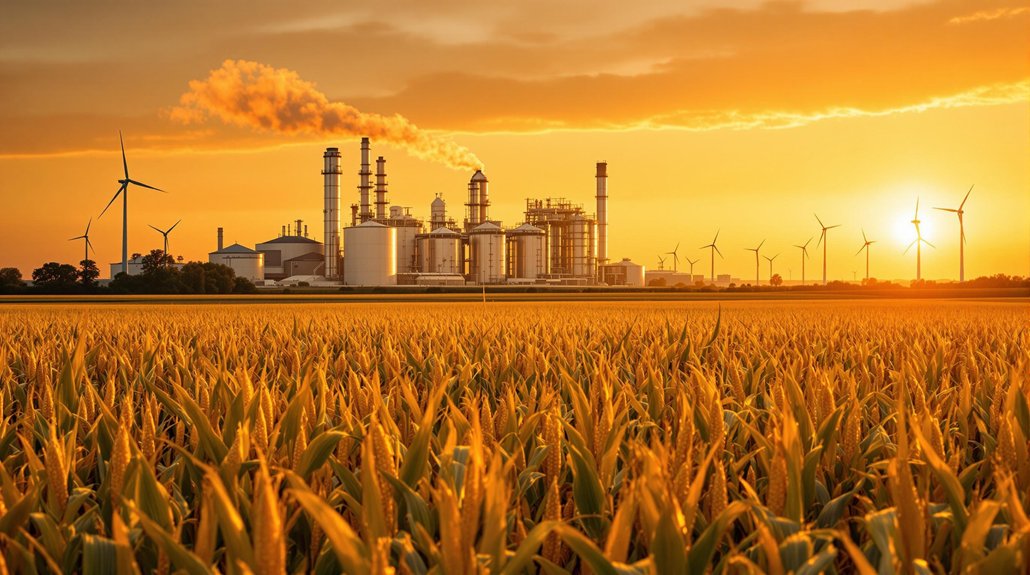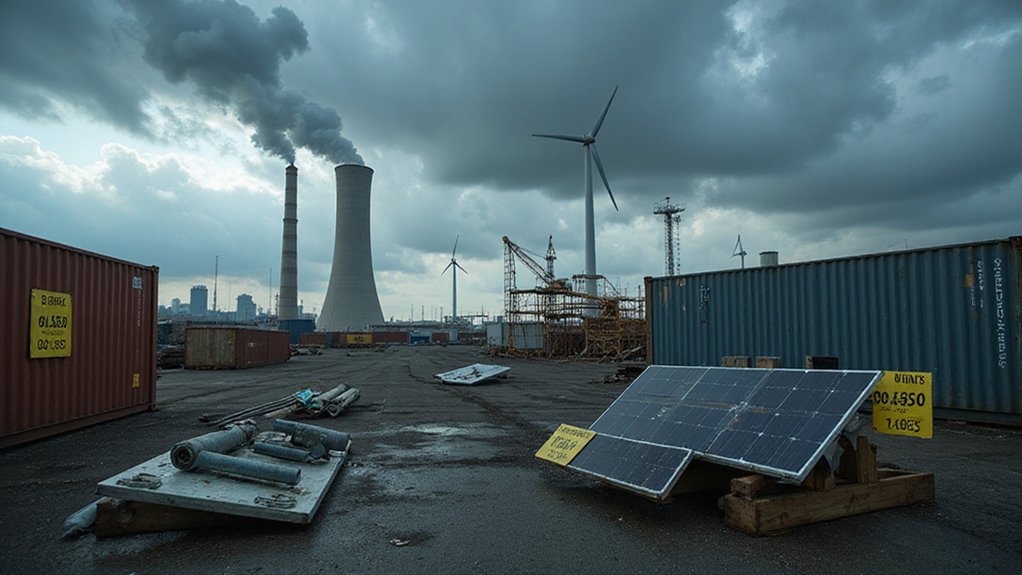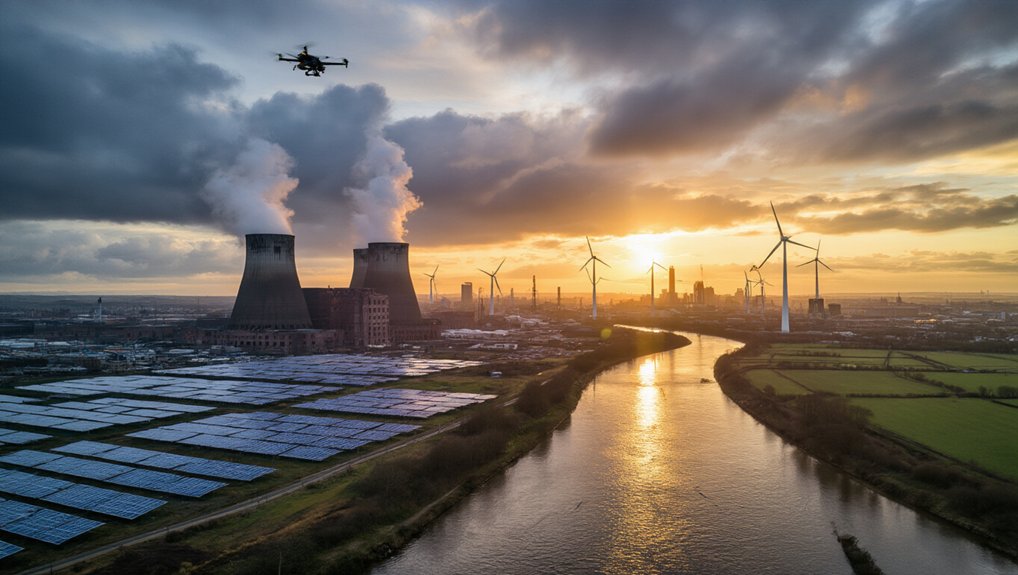The U.S. green energy industry is facing major challenges due to recent America-First tariffs. These taxes on imported parts can reach up to 250% for items from Southeast Asia. Companies now struggle with higher costs, shrinking profits, and project delays. Local factories can’t make enough components to meet demand. This disruption threatens the progress of renewable energy projects across the country. What will these barriers mean for America’s clean energy future?
While the renewable energy sector continues to grow, it’s now hitting major roadblocks due to rising tariffs on imported components. The industry heavily depends on imports, with China supplying 90% of solar and 65% of wind components. New U.S. tariffs on goods from China, Canada, and Mexico have increased supply chain vulnerability just as the sector was gaining momentum.
The end of a two-year delay on antidumping and countervailing duties has dramatically raised costs. Tariffs on imports from Southeast Asia now exceed 250% in some cases. Solar cells face tariffs up to 50%, while bifacial panels have a 14.25% tariff. Battery components, including critical lithium-ion technology, now carry a 25% tariff.
These tariffs aim to promote domestic manufacturing and protect U.S. industries. However, they’ve created a gap between policy goals and market realities. The current U.S. manufacturing capacity can’t meet demand for renewable energy components. This situation undermines the potential for job creation in the solar manufacturing sector, which was predicted to triple by 2033. The industry is particularly concerned about Battery Energy Storage Systems potentially facing new AD/CVD tariffs. This shortfall means developers must either pay higher prices or delay projects.
The financial strain on renewable energy companies is significant. Higher component costs mean tighter profit margins. These increased expenses affect both developers and consumers, slowing market growth. Rising interest rates and inflation make these challenges even worse.
Soaring component costs squeeze renewables from both ends, with developers and consumers bearing the burden of inflationary pressures.
Project timelines are stretching longer as companies navigate supply chain disruptions. Developers struggle to secure materials at reasonable prices, putting renewable energy targets at risk. The procurement process now takes longer, creating additional administrative burdens.
The concentrated manufacturing in just a few countries limits options for diversification. Building alternative supply chains is expensive and time-consuming. This reality makes quick adjustments to the tariff situation nearly impossible. Industry analysts expect additional Q1 2025 tariff increases as the incoming presidential administration implements its trade policies.
If trade partners respond with retaliatory measures, the situation could worsen. The renewable energy sector now faces a difficult balance between supporting domestic manufacturing and maintaining affordable access to the components needed for green energy growth.









